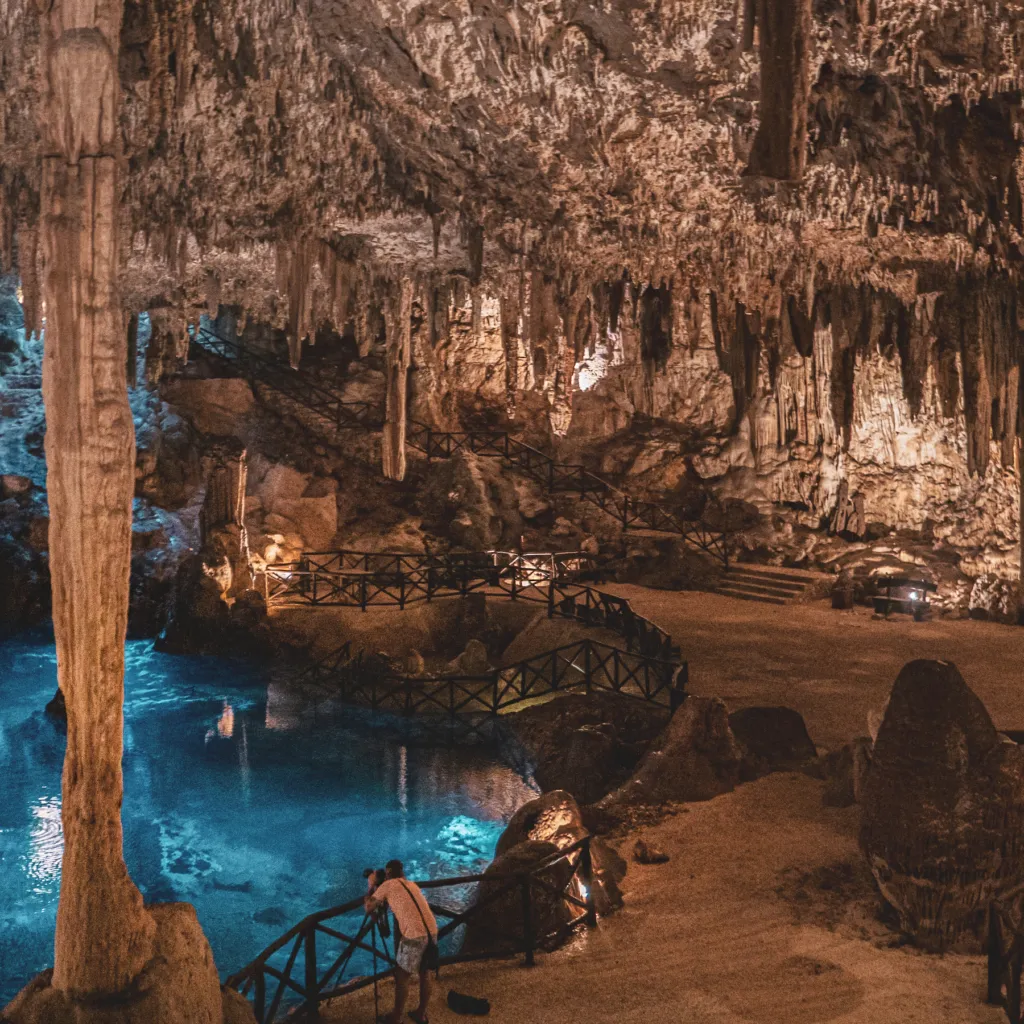The Maya civilization, one of the most advanced and enigmatic in history, left an extraordinary legacy in various fields, including architecture, art, writing, and engineering. One of the lesser-known but equally fascinating aspects of this culture is its white paths, also known as "sac-Be," a network of trails that connected the different cities and ceremonial centers across Maya territory. These roads not only served a practical function for communication and transportation but also reflected the worldview and social hierarchy of this ancient civilization.

The sacbé, or important white paths of Maya culture, were constructed using crushed and compacted limestone, which gave them their characteristic white color. This network of sacred paths connected major ceremonial centers and cities, and it was believed that they also served a spiritual function by linking the earthly world with the underworld.
One of the most famous sacbés is the one that connects the cities of Cobá and Yaxuná, in the Yucatán Peninsula, Mexico. This road has a length of approximately 100 kilometers and a width that varies between 4 and 20 meters. Along its route, this network of paths traverses various landscapes, from dense tropical forests to savannah areas, and passes through numerous smaller archaeological sites.

Another notable sacbé is the one that links the cities of Uxmal and Kabah, also in Yucatán. This road, approximately 18 kilometers long, stands out for its excellent state of preservation and the impressive platforms and arches that adorn it. The Uxmal-Kabah network of roads not only facilitated trade and communication between the two cities but also held symbolic significance by connecting two important centers of political and religious power.
En Zazil Tunich, we have followed this system of a network of roads to connect our spaces just as it was done in the great Maya cities. We invite you to explore these paths, where we not only live like Maya, but are immersed in the culture, its people, and the customs and traditions of this place.
In addition to the sacbé, the Maya developed an extensive network of secondary roads that connected major cities with smaller settlements and rural areas. This network of roads, although less elaborate than the sacbé, was crucial for the functioning of Maya society, facilitating the exchange of goods, transporting construction materials, and enabling the movement of people.

Many of these secondary roads followed established trade routes that extended beyond the borders of the Maya territory. For instance, there were routes connecting the Yucatán Peninsula with the highlands of Guatemala and the coastal regions of the Gulf of Mexico. Through this network of roads, the Maya engaged in trade involving various goods such as jade, obsidian, exotic feathers, cacao, and textiles.
Maintenance of the roads was a constant and crucial task to ensure their functionality and durability. The Maya employed teams of specialized workers who were responsible for repairing damages, clearing vegetation, and keeping the road surface in good condition. This maintenance work was not only practical but also held symbolic meaning, reflecting the order and harmony of Maya society.
The white roads of Maya culture stand as a testament to the complexity and sophistication of this ancient civilization. From the majestic sacbé to the intricate trade routes, these paths not only facilitated communication and the exchange of goods but also reflected the worldview and social hierarchy of the Maya. Studying these roads allows us to better understand the spatial organization, economy, and daily life of this fascinating culture, inviting us to reflect on the importance of connectivity networks in the development of human societies throughout history.
Don't miss the opportunity to travel through authentic Maya white roads here at Zazil Tunich. Reserve your experience at the following link: www.zaziltunich.com/reservations
If you want to get a closer look at the ancient art of Maya construction, visit Zazil Tunich, where you can not only walk on authentic sacbes but also admire original Maya houses, among other things.

$ 32,000
/ por persona

From: $ 25,000
/ por persona

$ 22,000
/ por persona

$ 19,000
/ por persona

$ 14,000
/ por persona

From: $ 1,799
/ por persona

Share:
Today I want to take you to a magical world full of mystery, where legends come to life and ancient tales...

Share:
Hanal Pixán, which in Mayan means ‘food of the souls’, is one of the most emblematic and profound festivities of...

Share:
The Mayan culture, rich in symbolism and tradition, has bequeathed to the world a series of ancestral practices and knowledge that...

